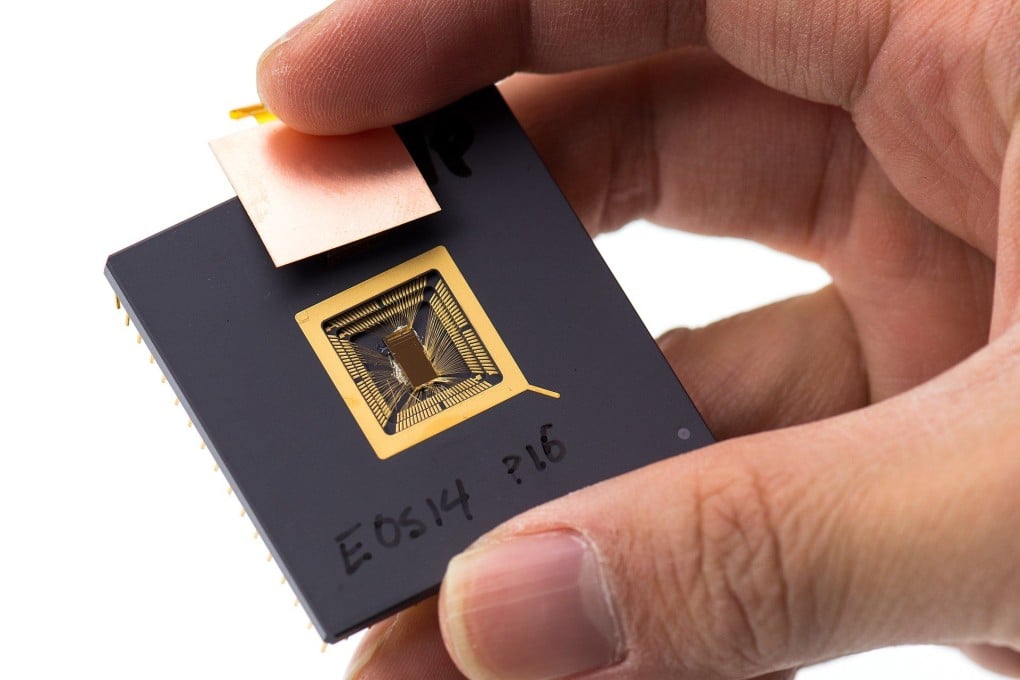Alibaba’s chip unit T-Head steps up RISC-V development as China pushes the open-source architecture in face of US sanctions
- Move by T-Head comes amid broader efforts by China to develop the open-source chip design architecture
- T-Head says it ‘is pulling together the major ecosystems so that global developers and partners can better use and develop RISC-V technologies’

T-Head, the chip unit of Alibaba Group Holding, is putting more effort into RISC-V chips, as China bets on the open-source chip design architecture as a means of achieving greater self-sufficiency in the semiconductor space in the face of US sanctions.
Separately, Alipay, the payment service of Alibaba affiliate Ant Group, said it plans to introduce chips that will enable secure payment functions on wearable devices. The chips, also based on RISC-V, are being jointly developed by Alipay and T-Head.
Meng Jianyi, vice-president of T-Head, said the unit is launching an initiative to encourage around 150,000 developers to learn about and get international credentials on the open-source chip design architecture. It is also looking into expanding the technology’s commercial applications with business partners, said Meng, who was speaking at the unit’s first conference on the RISC-V ecosystem in Shanghai on Thursday. Alibaba owns the South China Morning Post.
“The development of RISC-V requires global innovation collaboration, from chips to software, applications and terminals,” said Meng at the conference, which has been described as the largest conference to date on RISC-V development in China. “T-Head is pulling together the major ecosystems so that global developers and partners can better use and develop RISC-V technologies.”
The move by Alibaba comes amid broader efforts by China to develop the open-source chip design architecture as the country pushes for greater self-reliance in semiconductors. China is currently subject to tough US trade restrictions on the export of advanced chips and equipment to the country.
RISC-V is an open-source chip design architecture created in 2010 by University of California, Berkeley, which has become a new hope for China as the country moves to reduce its dependence on foreign technologies.
Currently X86, developed by US tech giant Intel Corp, is the dominant chip design architecture for desktop and laptop computers, while the design architecture behind most smartphone chips in the world is controlled by British firm Arm.